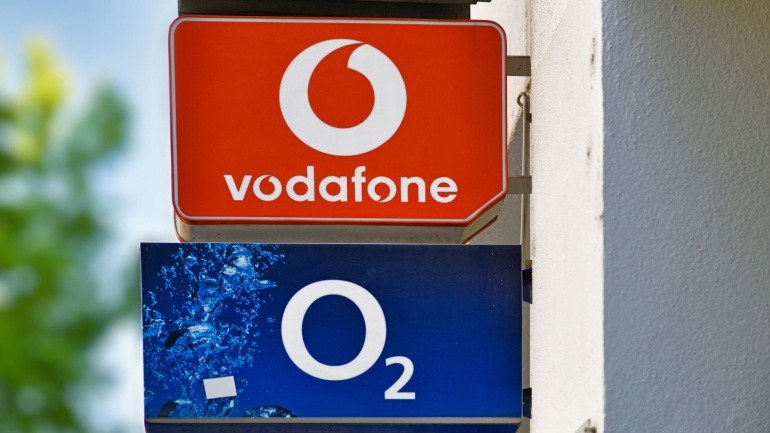Nokia has announced a groundbreaking achievement in telecommunications, making the first cellular call using the 3GPP Immersive Voice and Audio Services (IVAS) codec. This innovation is hailed as the most significant advancement in live voice calling since the era of monophonic telephony.
The IVAS codec is part of the upcoming 5G Advanced standard, which allows for real-time spatial audio, vastly improving the traditional monophonic voice call experience. Described as producing three-dimensional sound, this technology promises a richer, more immersive interaction.
In a demonstration, Nokia’s President and CEO, Pekka Lundmark, conducted a live audio and video call with Stefan Lindström, Finland’s Ambassador of Digitalization and New Technologies. This call showcased the distinct acoustic dimensions of the IVAS technology.
Lindström highlighted the enhanced quality and engagement brought by the immersive voice experience, emphasizing its potential to revolutionize both personal and professional communication. He noted that this technology could elevate experiences in extended reality (XR) and the metaverse.
Lundmark added that this new audio technology represents the future of voice calls, creating a spatial listening experience that significantly benefits enterprise and industrial applications.
The development of the 3GPP IVAS codec involved a consortium of 13 companies, including Nokia, under a public collaboration framework. The successful call utilized Nokia’s proprietary Immersive Voice technology over a public 5G network, though it has not yet been widely implemented in mobile networks.
According to the 3GPP, IVAS will introduce immersion into traditional voice services and support more general immersive multimedia services, including conversational voice, multi-stream teleconferencing, and virtual reality interactions.
Nokia envisions scenarios where spatial audio can transform communication, making remote conversations feel as if participants are in the same room and enhancing mundane activities like teleconferences. This innovation could represent a significant leap forward in applying 5G technology, provided network conditions allow.







